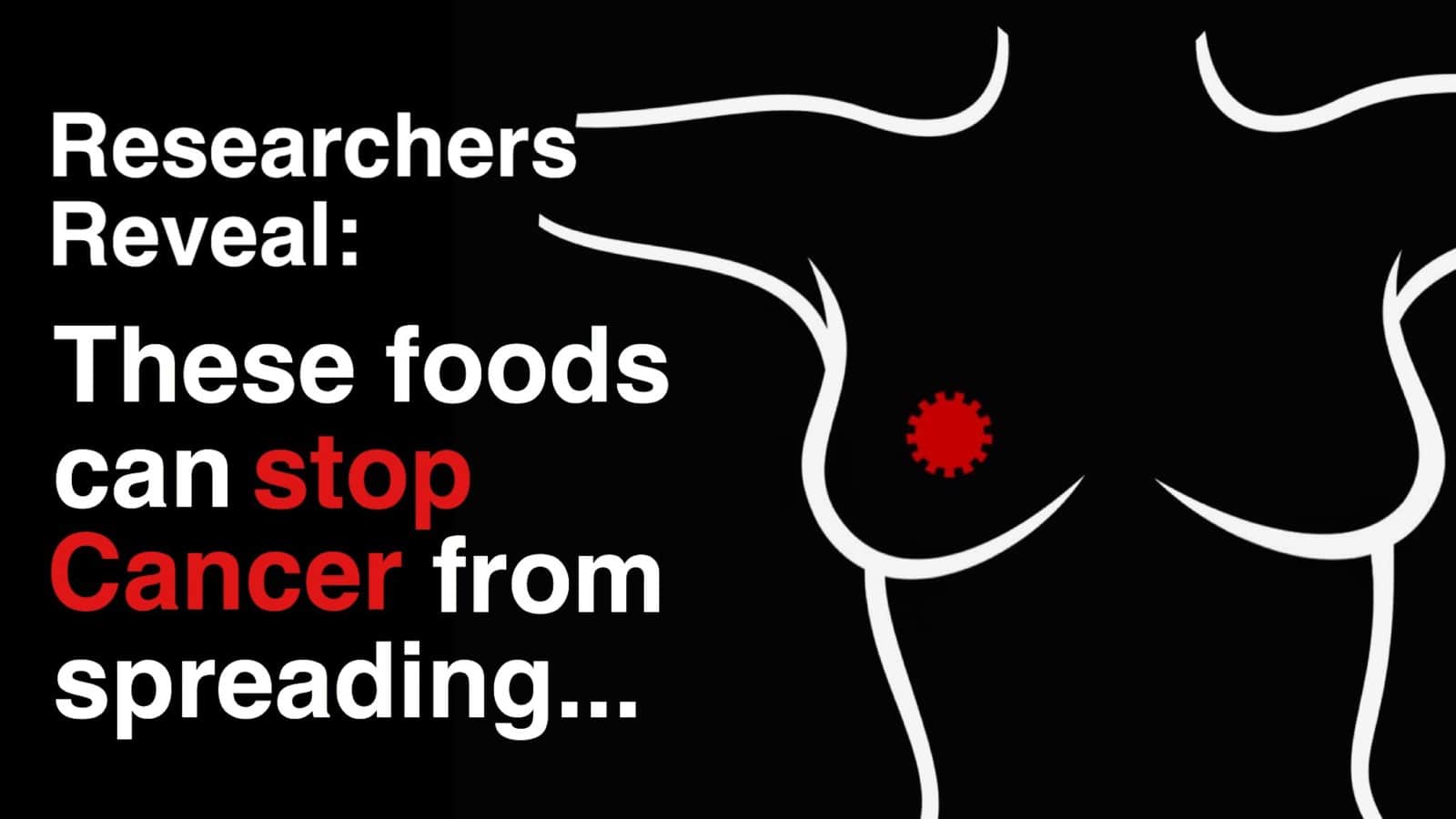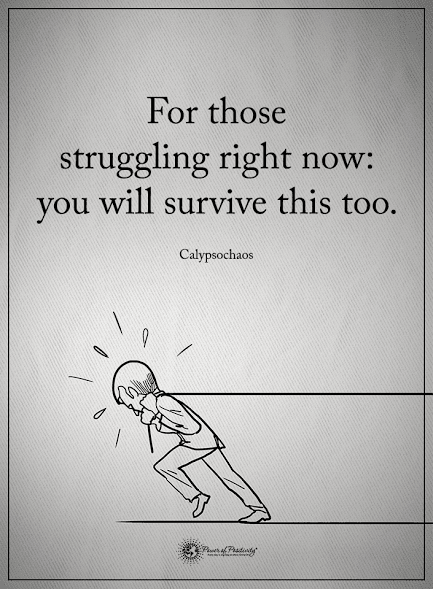Emotions are deeply tied to our overall physical health. When our minds and emotions are suffering, our bodies also suffer. The magnitude of emotions affecting our bodies may be greater than we have anticipated. Anxiety and depression can cause our bodies to feel overtired and run down and even suppress our immune systems. But what can negativity do?
But negative emotions can do much more than that. For example, scientists are now looking toward negative emotions as a detrimental cause of cancerous growth. Cancer has always been known as a growth of cells,. Indeed, most causes tend to be chemicals such as the ones in cigarettes, carcinogens in air pollution, and even chemicals that we ingest every day in our food.
Cancer has always been something medical that can be fought against with medicines and surgeries – but now, scientists are revealing that negative emotions can feed cancer. This new discovery also means positive emotions can send us well on our way to healing.
But How Does Negativity Encourage Cancer Growth?
Twenty years of research has found that cancer development can be caused by negative feelings, with the feelings of “unforgiveness” being one of the leading emotions. Forgiveness has long been linked to our mental and physical health. The chief surgeon at the Cancer Treatments of America, Dr. Steven Standiford, explained that healing emotional wounds is just as important in cancer treatments as treating physical ones.
The evidence for emotional involvement in both the spread of cancer and its healing elements has caused the inclusion of “forgiveness therapy.” A look into cancer patients has found that 60% of those patients have some kind of issue with forgiveness, an emotional block against allowing themselves to forgive the people in their lives that have caused them hurt. Half of those patients are dealing with severe cases of cancer.
“Chronic anxiety very predictably produces excess adrenaline and cortisol, which deplete the production of natural killer cells, which is your body’s foot soldier in the fight against cancer.” – Dr. Michael Barry
Negative emotions and physical ailments work like this: the negative feelings are being kept inside, bottled up, and never released. Keeping these negative emotions locked inside and refusing to work through them can cause chronic anxiety in anyone. This anxiety creates chemical and physical changes in your body, such as an excess of adrenaline. This excess adrenaline makes it harder for your body to produce the cells it needs to fight the cancer. The way to alleviate this chronic anxiety is to deal with the negative anxiety emotions outright.
Being able to rid yourself of the extreme anger and hatred that comes with being unable to forgive means that your body will no longer be a victim of the chronic anxiety these feelings produce. This isn’t just with cancer, however. Focusing on forgiveness has been proven to heal the emotional and mental scars that many of us carry throughout our lives. A recent study on female survivors of emotional abuse focused on women’s forgiveness regarding their healing process.
The study found that the women who used forgiveness as a form of healing were less likely to suffer from post-traumatic stress disorder, depression, and anxiety. Forgiveness can be the path to helping people deal with all sorts of illnesses, both mental and physical. That’s because of the way our emotions work has a proven effect on our physical well-being. Counselors who specialize in the art of forgiveness relay that this process begins with one’s self-acceptance. In fact, they note how turning your effort inward into forgiveness allows you to release all that pent-up anger at those who have hurt you in the past.
Final Thoughts on Releasing Negativity and Loving Yourself
Once you can focus on yourself, you no longer hold the grudges that made you ill in the first place. Less emotional turmoil means that your mind and your body are well on your way to healing. Learning to forgive can be difficult. That’s why there are therapies dedicated to this process! However, no matter the challenges, learning to allow yourself to forgive means that you will be a more healthy and happy individual. Forgiveness is rarely about the other person.
Forgiveness is about being able to release negativity from holding you down. In this case, it can make you ill. After all that research, we see how positive emotions can bring about the best of changes in your life.











